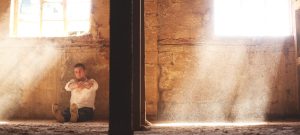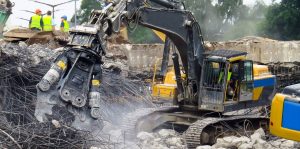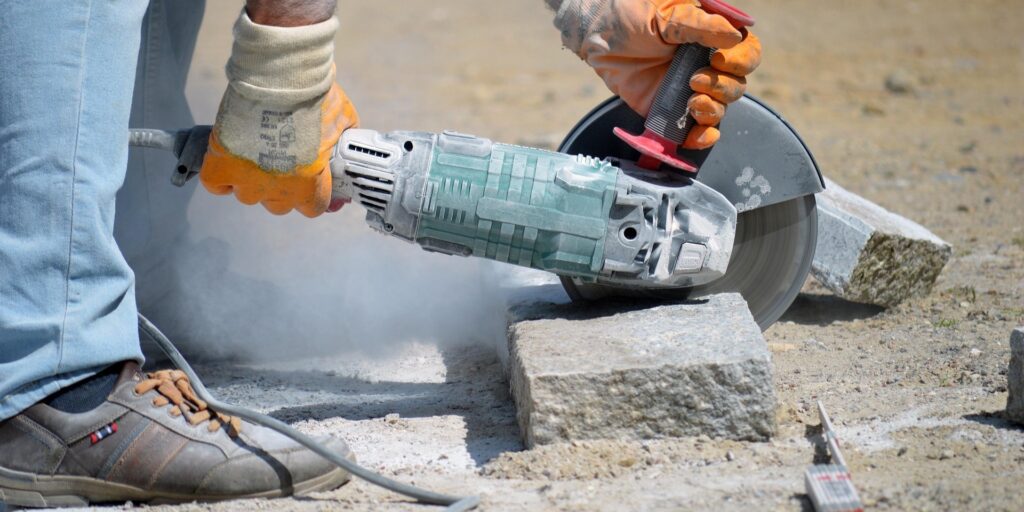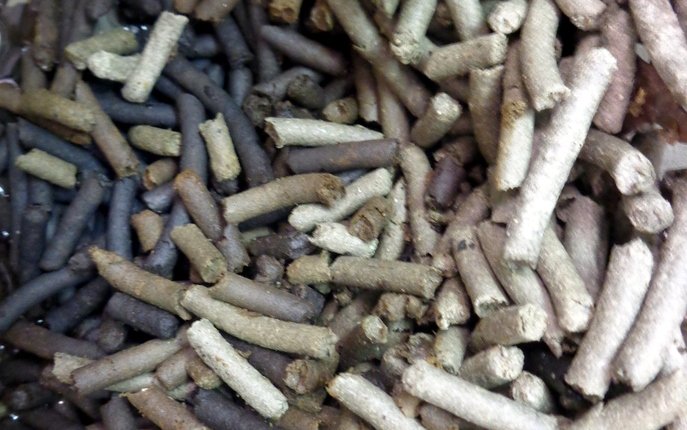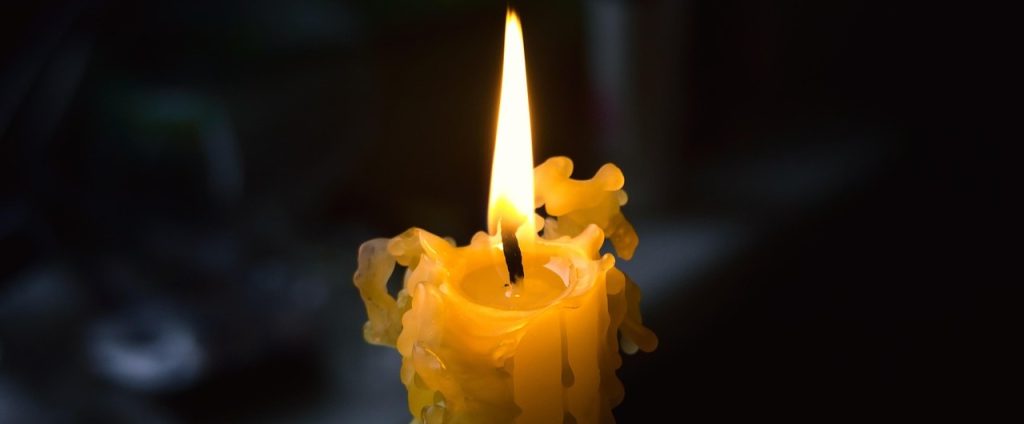 Soot is a byproduct of incomplete combustion of organic materials. It is also called “elemental carbon”, and chemically is similar to carbon black and charcoal and consists mostly of carbon with traces of oxygen and hydrogen. The most distinctive property of the soot is its sub-micron particle size. If inhaled, the soot dust precipitates deep in the lungs and can cause all kinds of occupational diseases. The danger of soot was first noticed in the mining industry and now is recognized by all other governmental authorities. Residential air is often contaminated with soot that comes from fire, outdoor road traffic, candle burning, wood-burning furnaces, and fireplaces.
Soot is a byproduct of incomplete combustion of organic materials. It is also called “elemental carbon”, and chemically is similar to carbon black and charcoal and consists mostly of carbon with traces of oxygen and hydrogen. The most distinctive property of the soot is its sub-micron particle size. If inhaled, the soot dust precipitates deep in the lungs and can cause all kinds of occupational diseases. The danger of soot was first noticed in the mining industry and now is recognized by all other governmental authorities. Residential air is often contaminated with soot that comes from fire, outdoor road traffic, candle burning, wood-burning furnaces, and fireplaces.
DIY sampling kit. LCS Laboratory offers an air sampling kit for the detection of soot (Quartz and Cristobalite) in residential air. Your sampling kit includes one air sampling pump, cassettes for testing of up to 3 rooms, and a sampling manual. The typical cost is $450 before shipping and includes rental of the equipment, laboratory analysis, and a report. Please note that the samples and the sampling pump must be returned to our laboratory for testing.
The test is recommended:
- as a tool to investigate air quality after a residential fire
- if you see soot deposits around your fireplace or near the gas range
- when you expect that you are exposed to soot from industrial sources or a nearby highway.
Laboratory test of your air samples. The testing procedure is based on a methodology developed by the National Institute of Occupational Safety and Health (NIOSH, USA) #5040. Our laboratory modified the method and boosted its sensitivity, so now we can detect as little as 2 μg/m³ of the soot in air. The sampling procedure is quite straightforward and does not require previous training. We recommend 2-hour sampling using high-flow pumps to achieve the best sensitivity which is necessary for residential air quality tests.
What is a safe limit of soot dust in the air? Several authorities offer slightly different guidelines:
- 10 μg/m³ is the Ambient Air Quality Criteria for Carbon Black (Ontario, 2012)
- 5 μg/m³ chronic exposure limit (e.g. everyday exposure, at home or outside) to diesel exhaust. The California Office of Environmental Health Hazard Assessment (OEHHA) (State of California 2005)
Understand your laboratory report. The laboratory report will show the concentration of Soot (reported as Elemental Carbon) and Organic Carbon (paper dust, skin dust) in the air of your house. Compare your results with available guidelines:
- If the result came below 5 μg/m³, or is not detectable, this is good news. The concentration of soot in the air is safe.
- If the results are between 5 and 10 μg/m³, then the concentration of soot is at the acceptable limit. Nevertheless, the source of soot should be found and eliminated if possible.
- When the results exceed 10 μg/m³, the level of soot in your home is above the acceptable limit. Chronic exposure to soot may affect your health.
We’d like to assist you with testing of the quality of air in your house. Please email us if you have any questions or would like to order the DIY kit.

